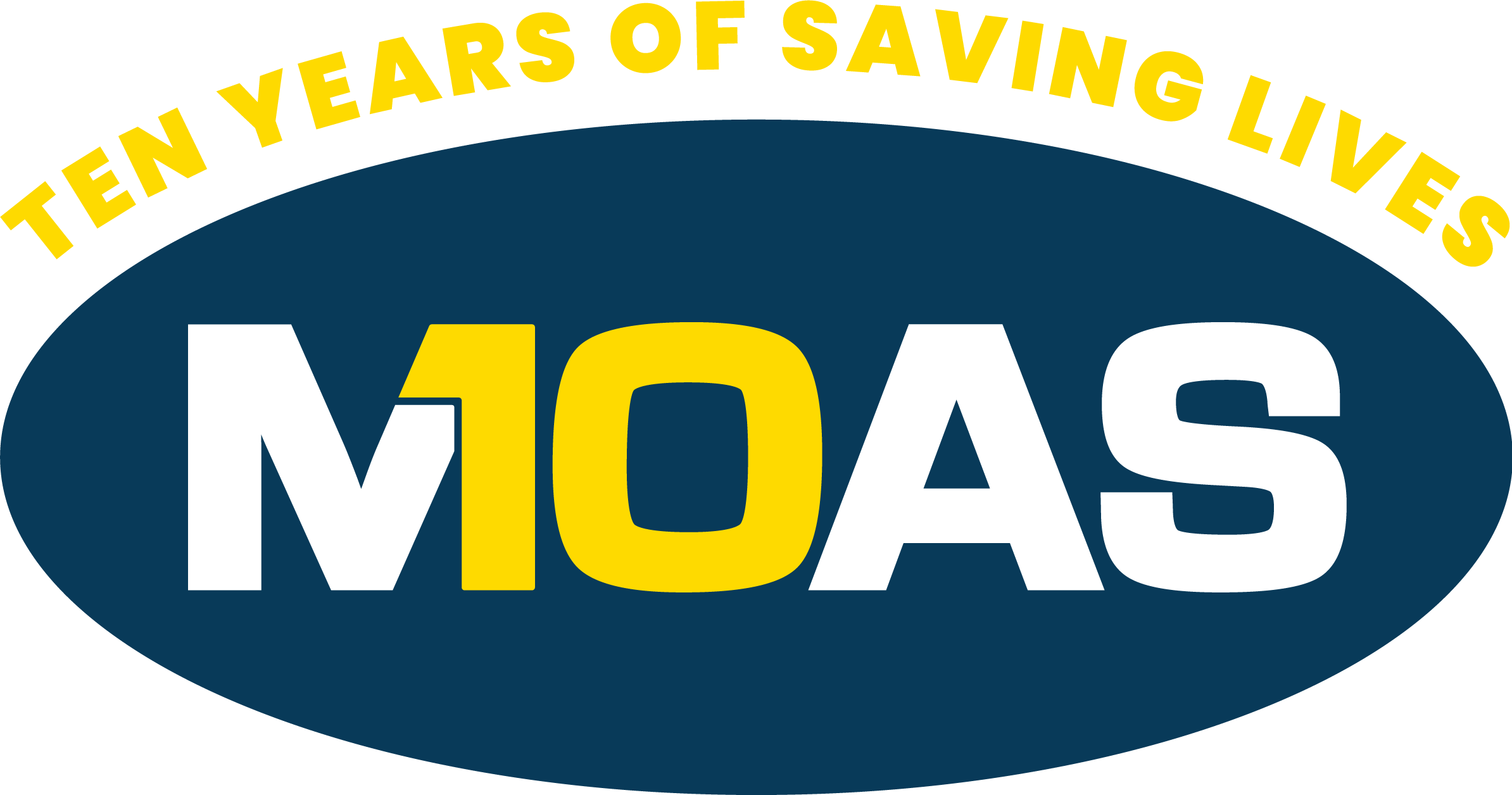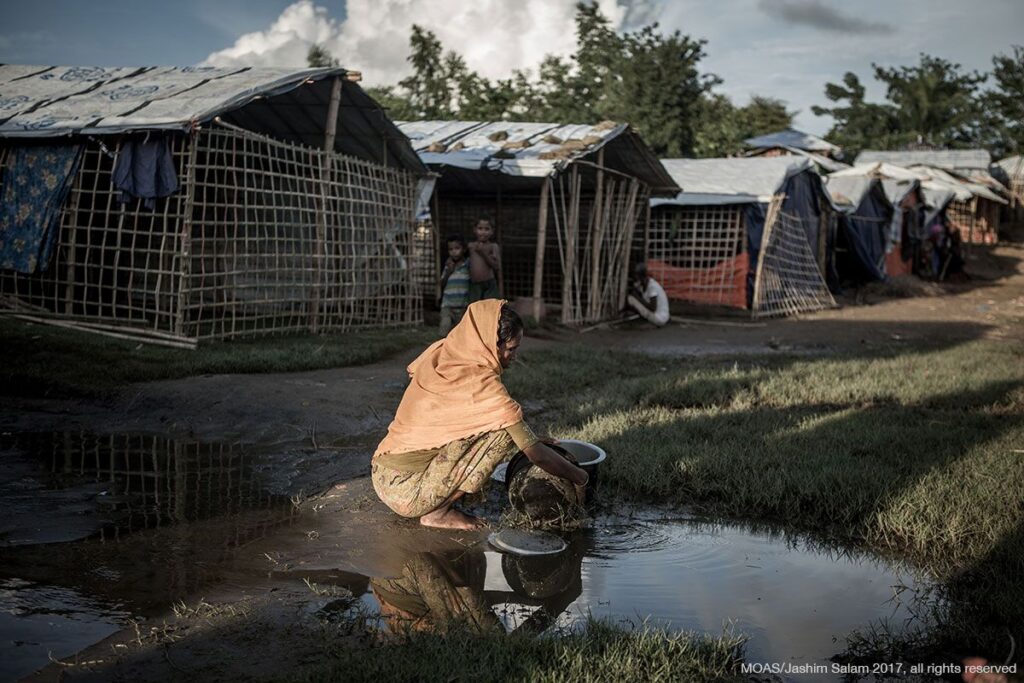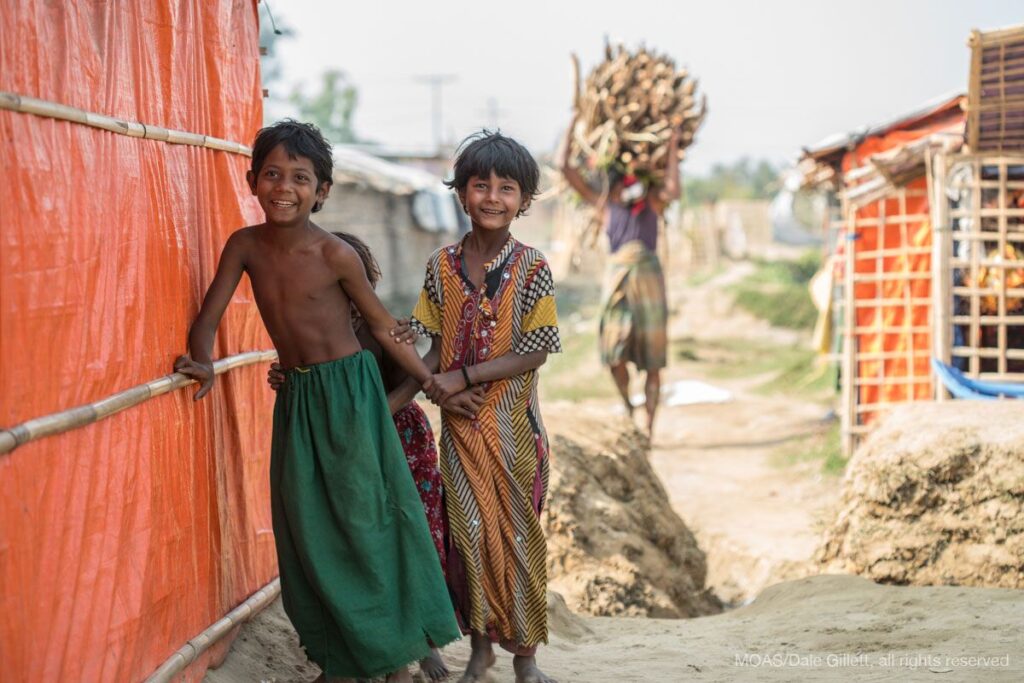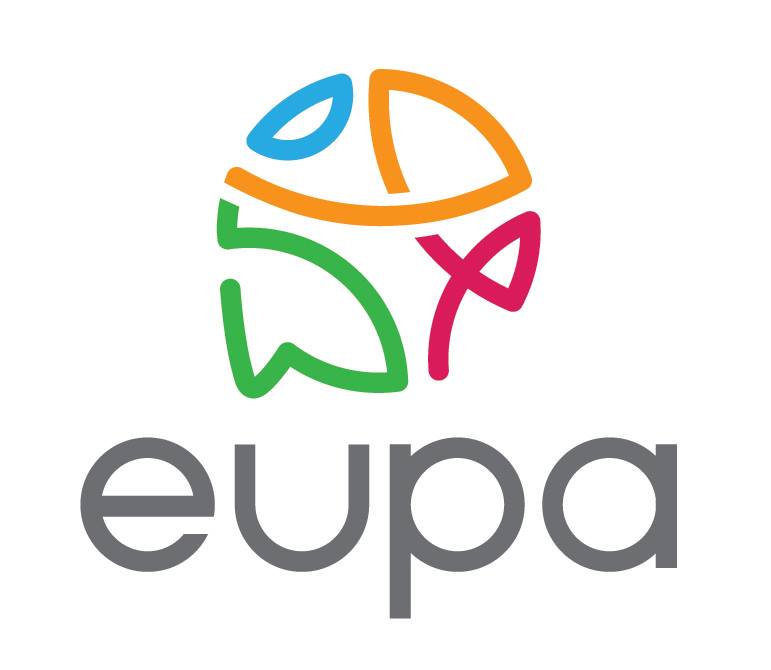As defined by the UNHCR, Protracted Refugee Situations (PRS) are a ‘long-lasting and intractable state of limbo’ where refugees have been in exile for ‘5 years or more after their initial displacement, without immediate prospects for implementation of durable solutions’ (UNHCR 2009).
Well-known situations of protracted displacement include the Somalia conflict which has led to the displacement of around ¼ of its population in the past 30 years, the one million Rohingya refugees who have been displaced from Myanmar and, the world’s most protracted situation of over 60 years – the Palestinian refugee crisis.
However, for these communities this extended time spent outside their country of origin has made eventual repatriation and reintegration all the less likely and, in many ways, more challenging than it would be following short term emergencies. In fact, according to UNHCR, around two-thirds of the 25.9 million registered refugees worldwide are in a situation of protracted displacement, with most of the major protracted situations now lasting an average of an astounding 20 years. Protracted displacement is therefore on the rise and solutions to these crises are more urgently needed than ever.
When refugee crises become prolonged and transition from humanitarian emergencies to protracted situations, additional obstacles arise often to the detriment of these communities’ basic human rights. Most refugees, around 80%, are hosted in the global South, where host-countries already have their own internal issues to manage from poverty to lack of employment – making the experience of those in protracted displacement all the more problematic.
The experience of living in typically poor living conditions within a refugee camp for an extended period of time brings a host of challenges for refugees including lack of access to local healthcare, the free labour market and educational services. In Bangladesh, the Rohingya’s lack of access to the local school system is gradually creating a generation of young Rohingya who lack any basic education or skills training. Similarly, the lack of access to the free labour market among refugee adults over time also results in wasted skills and livelihoods and must be addressed with the support of the international community, and not left to be the responsibility of the host nation alone.
This long-term lack of educational and employment opportunities has made many communities in displacement all the more reliant on external assistance, preventing refugee self-reliance. This is particularly troublesome for refugees displaced for decades where international attention often wavers, leaving the communities with diminishing external assistance, and subsequently their situation becomes all the more challenging to navigate.
The vulnerability of refugees is also typically heightened in protracted situations due to the long-term lack of protection which comes with displacement. This is often visible in the increase in cases of physical and sexual violence, exploitation and human trafficking which tragically are too often invisible or seriously underreported due to these communities’ lack of concrete documentation or citizenship.
The lack of freedom of movement over an extended period of time, which restricts refugees to the constraints of a refugee camp, again further stunts any professional, educational, personal or creative development. Although the consequential boredom leads some to creative innovations to survive this life in displacement, for most the mundanity of day to day life is no more than a tragic and frustrating waste which further segregates them from their host-community, making local integration all the less likely.
According to UNHCR, greater efforts for integration would in fact benefit both the host-nation and the displaced community as the static nature of protracted displacement has been seen to create more issues, as mentioned, including wasted resources and an increase in security threats. Therefore, it seems more solidarity and political will from the International Community is required to ensure greater efforts are made to resolve both the situation within the country of origin, as well as the host-community to ensure more successful integration occurs in the meantime.
Finally, protracted refugee situations also bring with them the added issue of second or third generation refugees. In 2018, an average of 60 Rohingya children per day were born into Bangladeshi refugee camps without legal citizenship. Born into displacement with few opportunities available it seems their development and future will be limited from the offset as a result of their parent’s displacement and statelessness.
What then can be done to address the issues which arise in situations of protracted displacement?
Perhaps the greatest risk for protracted refugee situations is that they become side-lined by emerging humanitarian emergencies, fail to meet many development specific program criteria and fall between the cracks in the International community’s attention. It is therefore crucial that media attention continues to bring these situations to light, to share the experiences of those living as refugees for decades and to demand that more sustainable, long-term solutions are found. Proactivity, international attention, along with the creation of job and educational opportunities for these communities while long-term solutions are established is crucial.
This month, as we focus on protracted displacement across the world, let’s continue to show #solidarity with those whose forced displacement has extended for years, or even decades, in an attempt to demand resolutions to these crises alongside greater visibility for those whose lives continue to be affected by these issues across the world.
If you are interested in the work of MOAS and our partners, please follow us on social media, sign up to our newsletter and share our content. You can also reach out to us any time via [email protected]. If you want to support our operations, please give what you can at www.moas.eu/donate.



